A little knowledge about excavator crushing hammer
2024-02-20
Excavators can be installed with a variety of accessories for different operations, of which the installation of a crushing hammer is a common collocation. Today, with Lu Yu Machinery to understand the advantages and knowledge of this group of super partners excavator and crushing hammer.
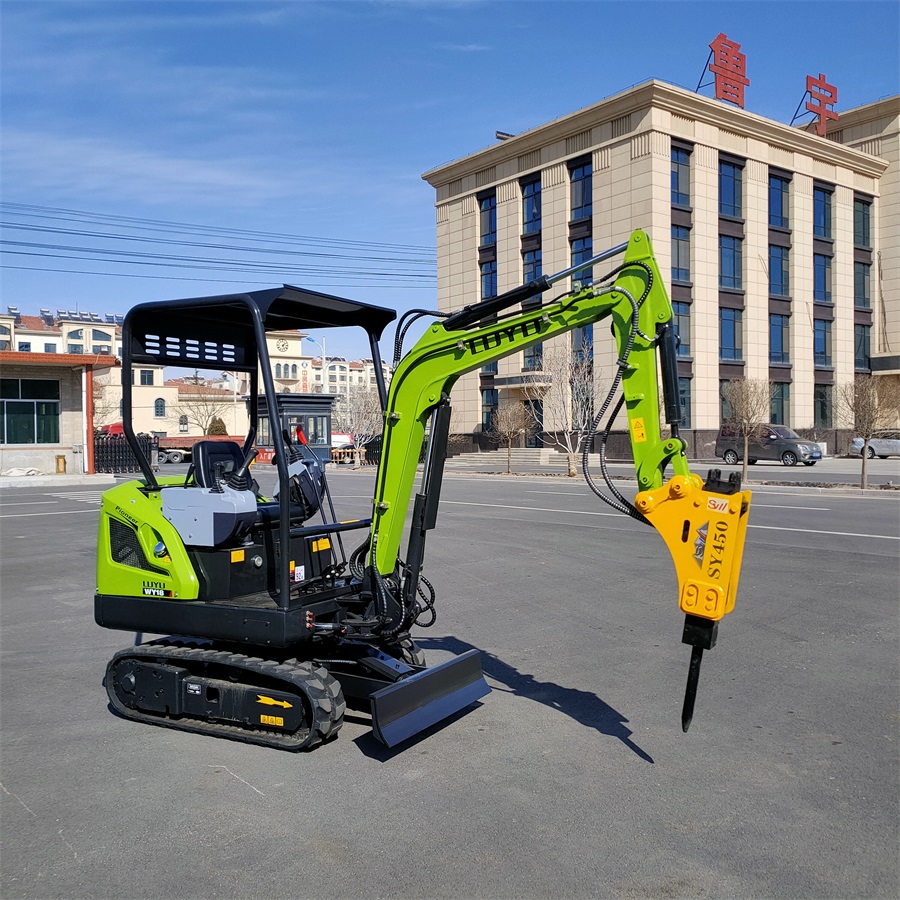
When the excavator is installed with the crushing hammer, the excavator provides high-pressure liquid through the hydraulic system to drive the crushing hammer. The hydraulic system passes the liquid pressure through the pump to the piston inside the crushing hammer. When the hydraulic liquid enters the piston chamber of the crushing hammer, the piston will be pushed forward by the liquid. This will create a high pressure inside the crushing hammer and release it to the working end of the crushing hammer. The high pressure liquid is further transferred to the working end of the hammer, driving the drill pipe of the hammer for rapid impact and vibration movement. These shock and vibration forces are transferred to the material to be broken. The impact and vibration force of the crushing hammer causes the material to be subjected to impact and shear forces, thereby breaking into smaller pieces or powder. Under continuous impact and vibration, the hammer can gradually break down larger, harder materials into more manageable sizes. The excavator operator can control the work of the hammer by controlling the hydraulic system of the excavator. The flow and pressure of the hydraulic system can be adjusted to meet the crushing needs of different materials.
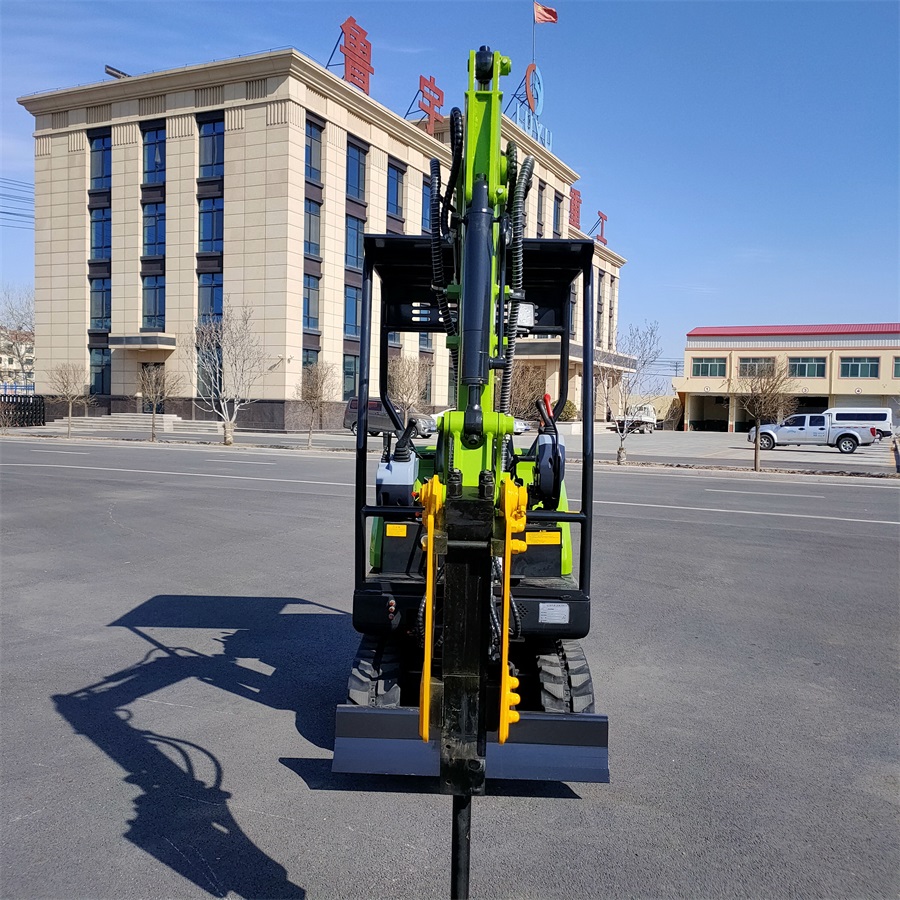
In general, the excavator installation of the crushing hammer uses the high pressure provided by the hydraulic system to drive the working part of the crushing hammer, and breaks the material into smaller pieces through the impact and vibration force. This working principle allows excavators to efficiently handle hard materials in tasks such as demolition, excavation and crushing. Of course, there are some safety matters to pay attention to in operation.
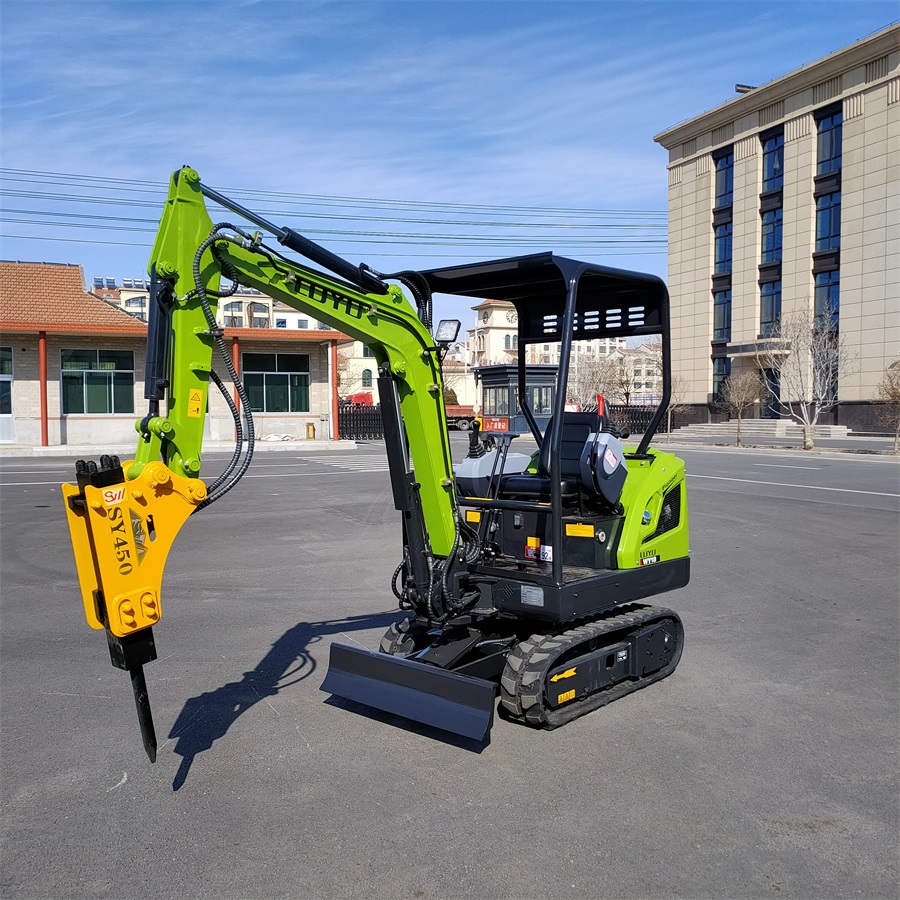
1. Safety awareness: Ensure that operators have good safety awareness and training. The operation of the hammer may involve high-speed impact and vibration forces, so operators should wear appropriate personal protective equipment such as hard hats, goggles, earplugs, gloves, and protective clothing.
2. Familiar with the operation: familiar with the operation manual and instructions of the excavator and the crushing hammer, understand its working principle, control mode and safety requirements. Only properly trained and authorized operators should operate excavators and crushing hammers.
3. Check the equipment: Before operation, carefully check the state and working conditions of the excavator and the crushing hammer. Ensure that the hydraulic system is operating properly, that the drill pipe is properly connected to the working end, and that the relevant protective devices are intact.
4. Determine the construction area: Before starting the operation, ensure the safety of the construction area and remove obstacles that may affect the operation. Make sure there are no people or other equipment around to enter the work area.
5. Control operation: Use the control rod and button of the excavator to accurately control the operation of the crushing hammer. Operate with care to avoid misoperation or unnecessary shock and vibration.
6. Appropriate application of force: According to the nature and strength of the crushing material, adjust the flow and pressure of the hydraulic system to carry out the crushing operation with appropriate force and speed. Avoid excessive application of force to avoid damaging the hammer or excavator.
7. Regular inspection and maintenance: Regular inspection of the maintenance needs of the hammer and excavator, including lubrication, fastener inspection and replacement of worn parts. Ensure that the excavator and hammer are in good working order to ensure the safety and efficiency of the operation.
8. Monitoring the progress of crushing: During the operation, closely monitor the progress of crushing to ensure that the material is properly broken and disposed of. Adjust as needed to achieve the desired crushing effect.
9. Safety measures during shutdown: When the operation is completed or temporarily stopped, ensure that the excavator and the crushing hammer are in a safe state. Turn off the hydraulic system, place the hammer in a safe position, and secure the surrounding area.
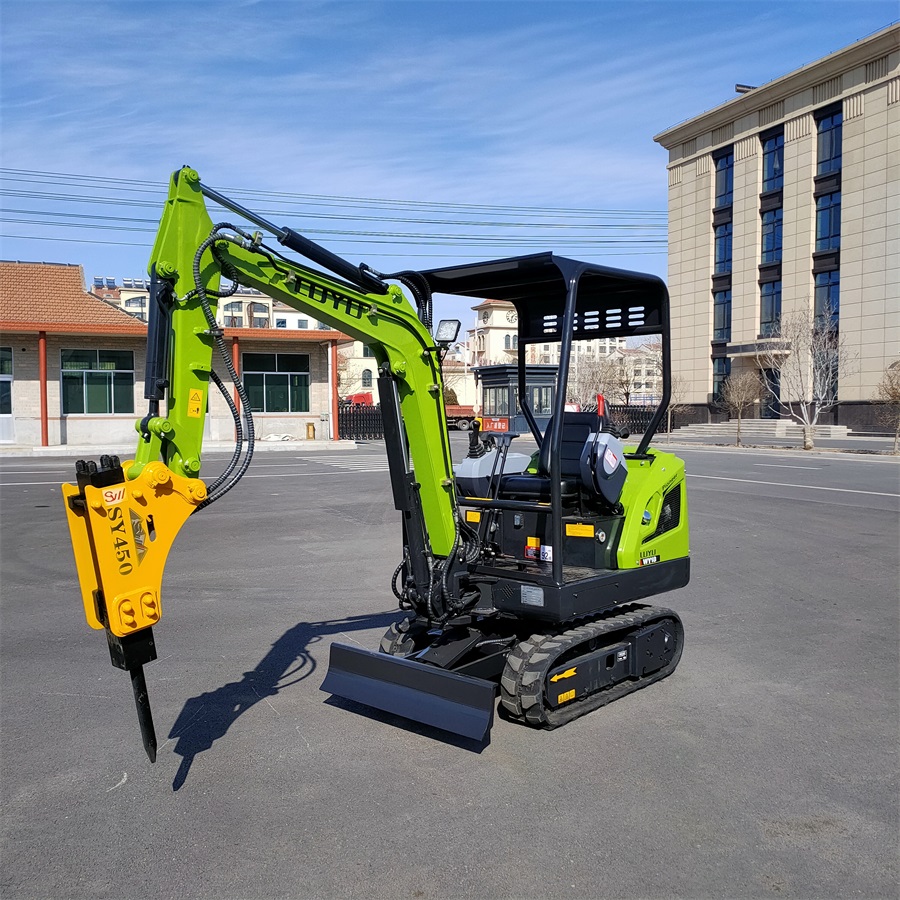
Following these precautions can ensure the safety of the operation of the crushing hammer installed by the excavator to the greatest extent and effectively complete the crushing task.
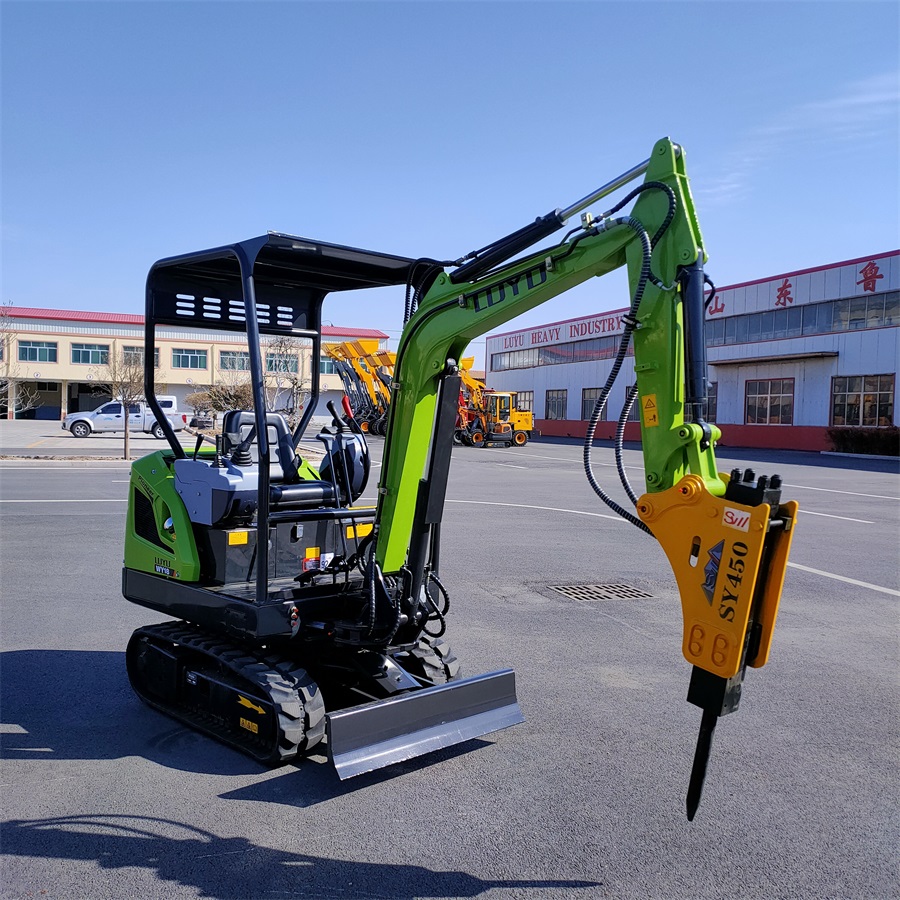
Of course, before the operation, we also need to have some preparation work. Ensure the excavator and hammer are in good working order. Check the hydraulic system, drill pipe, working end and related protective devices. Make sure everything runs properly. It is also necessary to ensure the safety of the construction area. Clear obstacles and ensure that no personnel or other equipment enters the work area. Familiar with the control lever and button of excavator and the control mode of crushing hammer. Master the function and operation of each control function. According to the nature and strength of the crushing material, the flow and pressure of the hydraulic system are adjusted to carry out the crushing operation with appropriate force and speed. Avoid excessive application of force to avoid damaging the hammer or excavator. According to the need, control the hammer impact number and frequency. Depending on the characteristics of the broken material, decide when to stop the impact and move to the next position. Closely observe the progress of crushing to ensure proper crushing and handling of materials. Adjust as needed to achieve the desired crushing effect. After a long period of operation, give the excavator and the crushing hammer appropriate rest time to prevent overheating or overload. Check the maintenance needs of the hammer and excavator regularly, including lubrication, fastener inspection and replacement of worn parts. Ensure equipment is in good working order. When the operation is completed or temporarily stopped, ensure that the excavator and hammer are in a safe condition, shut down the hydraulic system, place the hammer in a safe position, and ensure the safety of the surrounding area.




